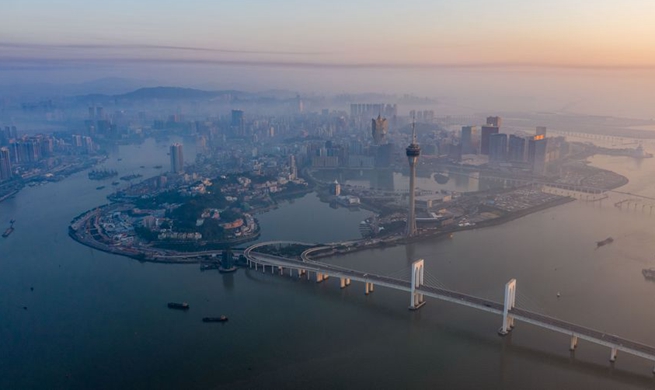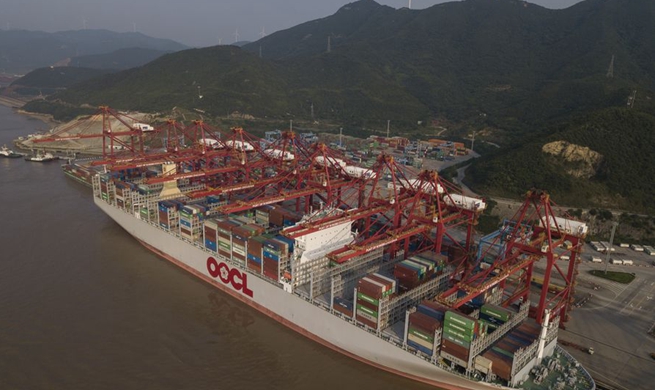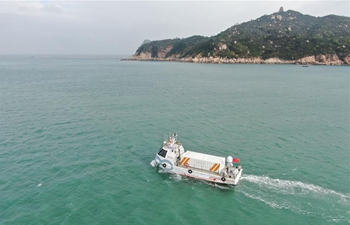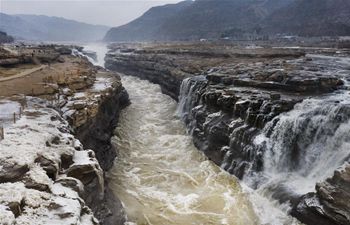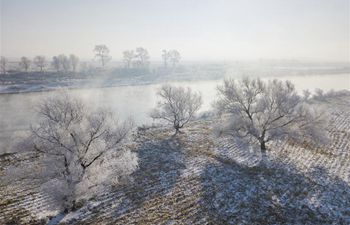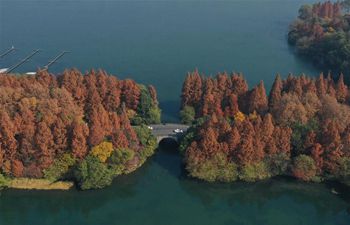VIENTIANE, Dec. 16 (Xinhua) -- In recent years, the direct impact of climate change and global warming can be seen on the changing weather patterns in the world, including the recent droughts in the Laos, said senior experts of Lao Ministry of Natural Resources and Environment.
Local daily Vientiane Times on Monday released an article about causes of drought in Laos which was written by anonymous "senior experts of the Ministry of Natural Resources and Environment."
A review of the drought statistic in recent years reveals that for the first six months of 2019, the rainfall in Nam Ou basin, the biggest of Mekong tributaries in Laos, decreased 41 percent compared to the same period in 2018 and continued to drop to 29 percent during July to September 2019.
In the overall context of global warming, the Mekong River Basin is facing challenges of rising temperatures and increasing droughts, said the authors.
According to the Lao Meteorological Data, the rainfall in the upper reaches of Mekong River (the Lancang River Basin) in April, May, June and August 2019 was 51 percent, 71 percent, 39 percent, and 43 percent less respectively than the long term average. Moreover, the Mekong River Commission Secretariat (MRCS) had also reported less rainfall during the rainy season in Mekong River.
Therefore, based on the above-mentioned reasons, it could be concluded that the drought is a result of less rainfall.
Laos has Namsouang and Namhoum water conservation facilities as a good model to store water in rainy season and use in dry season for irrigation and other purposes. Therefore, it's time to seriously consider building water conservation facilities in all provinces and districts of Laos for saving water during the rainy season, said the article.
In order to cope with droughts in Mekong countries, in particular Laos, a strategy and an action plan both short- and long-term to adapt need to be devisedte. These include a watershed management plan, water allocation plan for all hydropower dams and enhancement of close cooperation on water management at sub-regional, regional and global levels.
In short, a strong network of water resources is needed, said the experts in the article.






